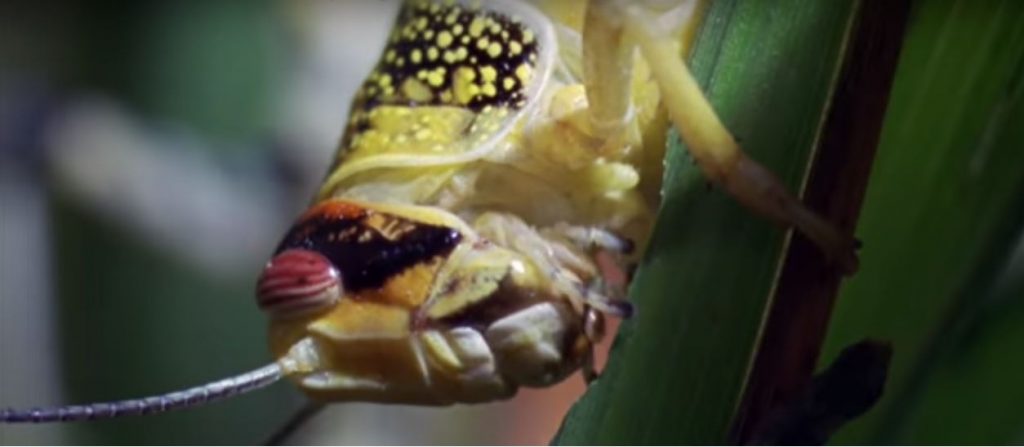The last major locust outbreaks seen in Africa were in 2003 and 2005. Farmers in the region have since recovered from losses, but now there’s a new outbreak headed for Eastern Africa.
While South Sudan and Uganda are at risk of an invasion soon, Kenya, Eritrea, Somalia, Djibouti, Ethiopia, and Sudan are already dealing with it. A swarm measures 60 by 40 kilometers in some locations around Kenya.
The locust outbreak is triggered by unusual weather in the Eastern Africa region. The region has also seen drought and flooding more frequently lately. Many point to global warming and climate change as the underlying cause.
The invasion is bad for people as well as for animals as it is currently eating its way through hundreds of hectares of land, including grazing lands, vegetation, and agricultural crops. The desert locust can eat its own weight worth of food every day. That means that only a tiny fraction of the entire swarm (one ton of locusts) every day will eat what could have fed over 2,500 people.
Ethiopia is using aerial methods to control the invasion with pesticides. Kenyan police have attempted to control the swarm with teargas and gunshots, while farmer’s associations have plans to use pesticides.
The cost of controlling the outbreak will run into millions of dollars, as with the last one, which cost over $500 million, in addition to all the crops lost.
Follow us on Facebook and Twitter for new posts on Africa and Business in Africa.
